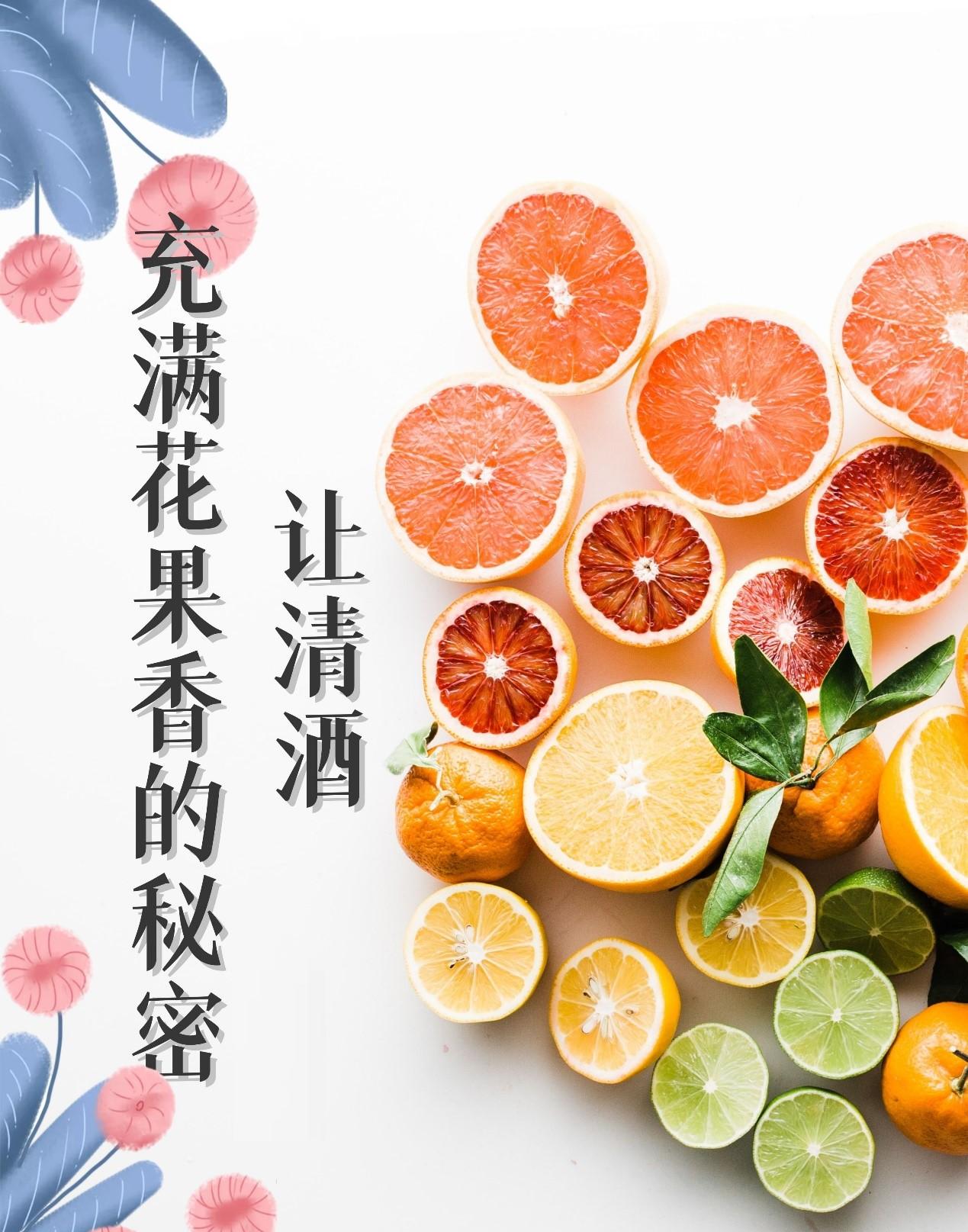When you pick up a glass of sake and smell it, the floral or fruity aroma that comes to your nose is actually the aroma of yeast. Yeast plays an important role in the brewing of sake in determining the flavor of sake.

Yeast is a very important presence for sake. Different yeasts can add different aromas to sake, and the taste will be different.
How does yeast produce aroma?
Sake is mainly made by fermenting rice with yeast.
The addition of yeast, on the one hand, interacts with sugars and is converted into alcohol. Yeast, on the other hand, also produces metabolic abnormalities, which release highly fruity molecules: esters that add a special flavor to the wine.
Generally, the wine of the gin system will have the smell of tropical fruits, such as honeydew melons and bananas, or fresh apples and beer pears from the above principles.
Among them, the common banana aroma is isoamyl acetate, while the aroma of apple and pear is ethyl acetate.
Untamed natural yeast
The natural yeast present in nature was the raw material for the original winemaking. Many sake brewers can brew sake with a unique flavor, thanks to the natural yeast that lives in their sake brewing, also known as "Kurafu yeast".
However, natural yeast is more difficult to control, and if it is not well controlled, it is easy to lead to unstable quality of wine.
Association department yeast you pick which one
In order to improve the quality of Japanese sake, the Japanese government established a brewing testing ground in 1904 to collect high-quality yeast from sake brewing all over the country, and in 1906 established the Japan Brewing Association.
Today, most of the sake yeast is sold by the Japan Brewing Association, known as the association yeast.
Among the yeasts currently on sale, the most commonly used by Tibetan Yuan are No. 6, No. 7 and No. 9. Single-digit yeasts such as No. 6 and No. 7 have insufficient aroma, but the fermentation is strong, and the 2-digit yeasts of No. 14 and No. 16 have the characteristics of stable chanting aroma.
Does sake with flower yeast have a floral aroma?
In addition to the association yeast, there are also flower yeast extracted from many kinds of flowers,
For example, begonias, roses, carnations, orchids, etc.
If you think that sake made with flower yeast will have a floral aroma, you are wrong. Flower yeast just makes the aroma of sake fresher.
A school where the heirs of the sake tibetans are gathered
Usually, the eldest son of the Sake Zomoto family chooses to study at the Brewing Department of Tokyo Agricultural University with the goal of inheriting the family business.
It is also home to almost all of the heirs of the sake collection, and is almost the most desirable school in the sake industry.